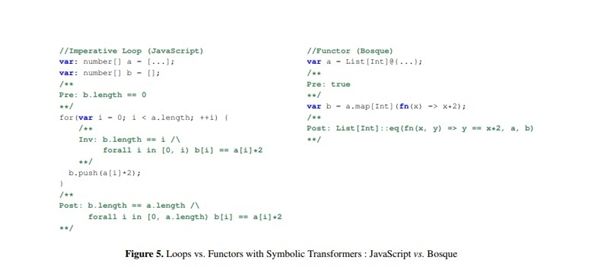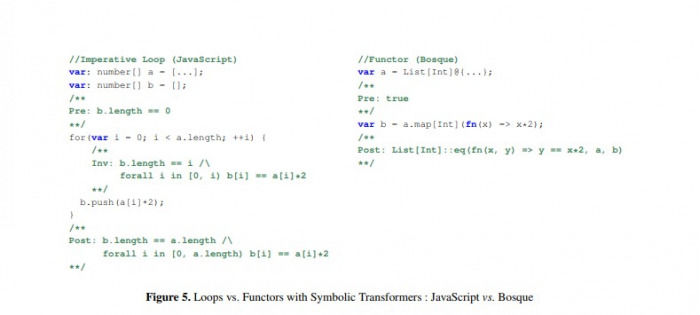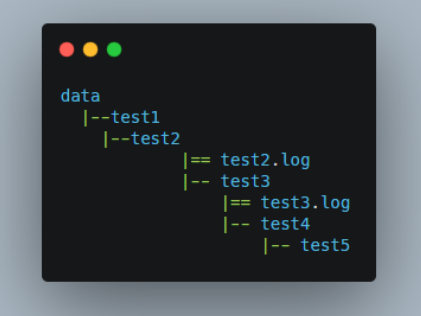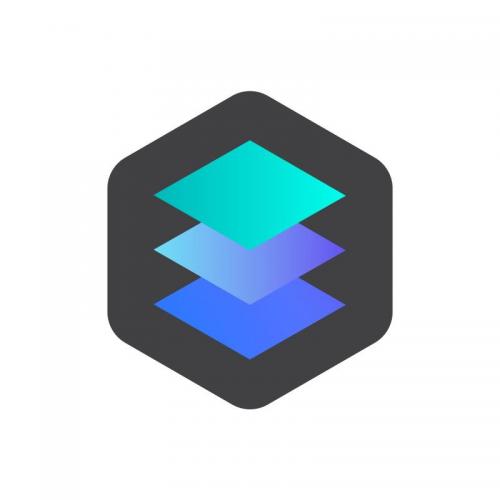探索Golang中的Facade设计模式:简化接口调用的艺术解析
 发布于2024-10-22 阅读(0)
发布于2024-10-22 阅读(0)
扫一扫,手机访问
正文:
一、引言
在软件开发中,经常会遇到调用不同接口的场景,而这些接口可能来自不同的模块或服务。为了简化接口的调用和隐藏内部实现的复杂性,设计模式中的Facade模式应运而生。本文将从Golang语言的角度深入探讨Facade设计模式,介绍其定义、用途、实现和示例等内容,希望能帮助读者更深入地理解Facade模式以及如何在Golang中应用。
二、Facade模式概述
Facade模式是一种结构型设计模式,旨在为一系列复杂的子系统提供一个统一的接口,使得外部系统能够更方便地访问这些子系统而不必了解其内部实现。通过Facade模式,可以将多个复杂的接口进行封装,提供一个更简单、更高层次的接口给客户端使用,从而降低了系统的耦合度,提高了系统的可维护性和可扩展性。
Facade模式通常包含以下几个角色:
- Facade(外观):提供了统一的高层接口,封装了对子系统的调用,简化了客户端的调用过程。
- Subsystem(子系统):实际完成系统功能的接口和实现,Facade模式的目标就是对其进行封装和简化。
三、Facade模式在Golang中的实现
在Golang中,可以使用结构体和方法实现Facade模式。下面是一个简单的示例,用于演示如何在Golang中使用Facade模式简化接口调用。
首先,我们定义一个子系统,包含了两个不同的接口:
// Subsystem1 子系统1
type Subsystem1 struct{}
func (s *Subsystem1) Operation1() string {
return "Subsystem1: Operation1
"
}
func (s *Subsystem1) Operation2() string {
return "Subsystem1: Operation2
"
}
// Subsystem2 子系统2
type Subsystem2 struct{}
func (s *Subsystem2) Operation3() string {
return "Subsystem2: Operation3
"
}
func (s *Subsystem2) Operation4() string {
return "Subsystem2: Operation4
"然后,我们定义Facade接口,以及其实现:
// Facade 外观接口
type Facade interface {
OperationWrapper() string
}
// FacadeImpl 外观实现
type FacadeImpl struct {
sub1 *Subsystem1
sub2 *Subsystem2
}
func NewFacadeImpl() Facade {
return &FacadeImpl{
sub1: &Subsystem1{},
sub2: &Subsystem2{},
}
}
func (f *FacadeImpl) OperationWrapper() string {
result := "Facade initializes subsystems:
"
result += f.sub1.Operation1()
result += f.sub2.Operation3()
result += "Facade orders subsystems to perform the action:
"
result += f.sub1.Operation2()
result += f.sub2.Operation4()
return result
}最后,我们可以使用Facade来简化客户端的调用:
func main() {
facade := NewFacadeImpl()
result := facade.OperationWrapper()
fmt.Println(result)
}四、Facade设计模式的应用场景
Facade模式适用于以下几种场景:
- 当一个复杂系统有多个子系统组成,且需要向客户端提供一个简单的接口来访问这些子系统时,可以使用Facade模式。
- 当系统需要进行重构或者子系统接口发生变化时,可以通过Facade模式来隐藏这些变化,提高系统的稳定性和可维护性。
五、总结
通过本文的介绍,我们了解了Facade设计模式的定义、用途、在Golang中的实现方式以及应用场景。使用Facade模式可以简化接口调用、提高系统的可维护性和可扩展性,对于复杂系统的设计和开发非常有帮助。希望读者通过本文的学习,能够更加深入地了解Facade模式,并在实际项目中灵活运用。
六、参考文献
- 《设计模式:可复用面向对象软件的基础》
- 《Golang设计模式》
产品推荐
-

售后无忧
立即购买>- DAEMON Tools Lite 10【序列号终身授权 + 中文版 + Win】
-
¥150.00
office旗舰店
-

售后无忧
立即购买>- DAEMON Tools Ultra 5【序列号终身授权 + 中文版 + Win】
-
¥198.00
office旗舰店
-

售后无忧
立即购买>- DAEMON Tools Pro 8【序列号终身授权 + 中文版 + Win】
-
¥189.00
office旗舰店
-

售后无忧
立即购买>- CorelDRAW X8 简体中文【标准版 + Win】
-
¥1788.00
office旗舰店
-
正版软件
- 比较和选择MySQL不同类型的锁
- MySQL是一种常用的关系型数据库管理系统,广泛应用于各种类型的应用程序中。在多用户并发访问数据库的情况下,为了保证数据的一致性和完整性,我们经常需要使用锁来控制并发访问的操作。MySQL提供了多种类型的锁,包括表级锁和行级锁。不同类型的锁有不同的特点和适用场景。本文将比较各种锁的优缺点,并提供一些具体的代码示例。一、表级锁表级读锁(Tableread
- 5分钟前 查询优化 事务处理 并发控制 0
-
正版软件
- 分享MySQL锁的使用技巧
- MySQL锁的使用技巧分享随着数据库应用的日益广泛,对数据库的并发控制和数据完整性要求也越来越高。在MySQL数据库中,锁是一种重要的并发控制手段,可以有效地保护数据的完整性和一致性。本文将对MySQL锁的使用技巧进行详细分享,并提供具体的代码示例。一、MySQL锁的分类在MySQL中,锁可以分为多种类型,包括表级锁、行级锁、页级锁等。根据锁的粒度不同,适
- 20分钟前 MySQL 技巧 锁 0
-
正版软件
- 优化和调整MySQL锁的性能
- MySQL锁的性能优化与调整在使用MySQL数据库进行开发和应用时,锁的性能优化和调整是一个非常重要的问题。合理的锁策略能够有效地提高数据库并发性能,保证数据的一致性和完整性。本文将从锁的基本概念开始,介绍MySQL锁的类型和使用方法,并提供一些常见的性能优化和调整策略,以及具体的代码示例。一、锁的基本概念乐观锁和悲观锁乐观锁认为事务之间的冲突发生概率较低
- 35分钟前 MySQL锁优化 锁性能调整 MySQL锁调优 0
-
正版软件
- MySQL锁的机制及使用方式
- MySQL锁机制及其应用摘要:MySQL作为一种关系型数据库管理系统,其锁机制在并发访问中起到了至关重要的作用。本文将介绍MySQL的锁机制,包括锁的类型、获取和释放锁的方式,以及在实际应用中的使用方法,并提供具体的代码示例。一、介绍在多用户并发访问数据库的情况下,数据库的数据一致性和隔离性是至关重要的。为了确保数据的正确性,MySQL采用了锁机制。锁机制
- 50分钟前 应用 MySQL 锁机制 0
-
正版软件
- MySQL的锁及其在事务隔离级别中的应用
- MySQL锁的事务隔离级别与应用在数据库中,事务隔离级别是非常重要的概念,它决定了并发事务之间的隔离程度。MySQL提供了四种事务隔离级别:READUNCOMMITTED、READCOMMITTED、REPEATABLEREAD和SERIALIZABLE。不同的事务隔离级别对于数据的读取和写入都有不同的锁策略,因此在应用中正确选择并使用合适的事
- 1小时前 06:25 应用 MySql锁 事务隔离级别 0
最新发布
-
 1
1
-
 2
2
-
3
- WebSocket协议的优势与劣势分析
- 371天前
-
4
- Vue组件中如何处理图片预览和缩放问题
- 370天前
-
 5
5
-
6
- java动态代理实例代码分析
- 541天前
-
 7
7
-
 8
8
- Python实战教程:批量转换多种音乐格式
- 541天前
-
 9
9
- java io文件操作删除文件或文件夹的方法
- 538天前
相关推荐
热门关注
-

- Xshell 6 简体中文
- ¥899.00-¥1149.00
-

- DaVinci Resolve Studio 16 简体中文
- ¥2550.00-¥2550.00
-

- Camtasia 2019 简体中文
- ¥689.00-¥689.00
-

- Luminar 3 简体中文
- ¥288.00-¥288.00
-

- Apowersoft 录屏王 简体中文
- ¥129.00-¥339.00